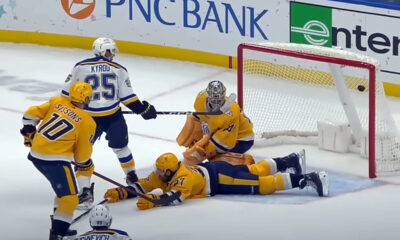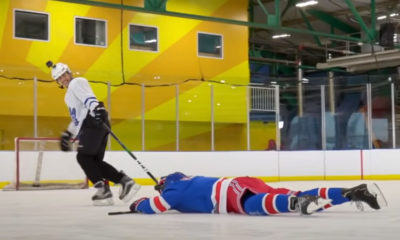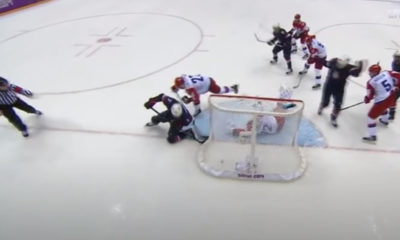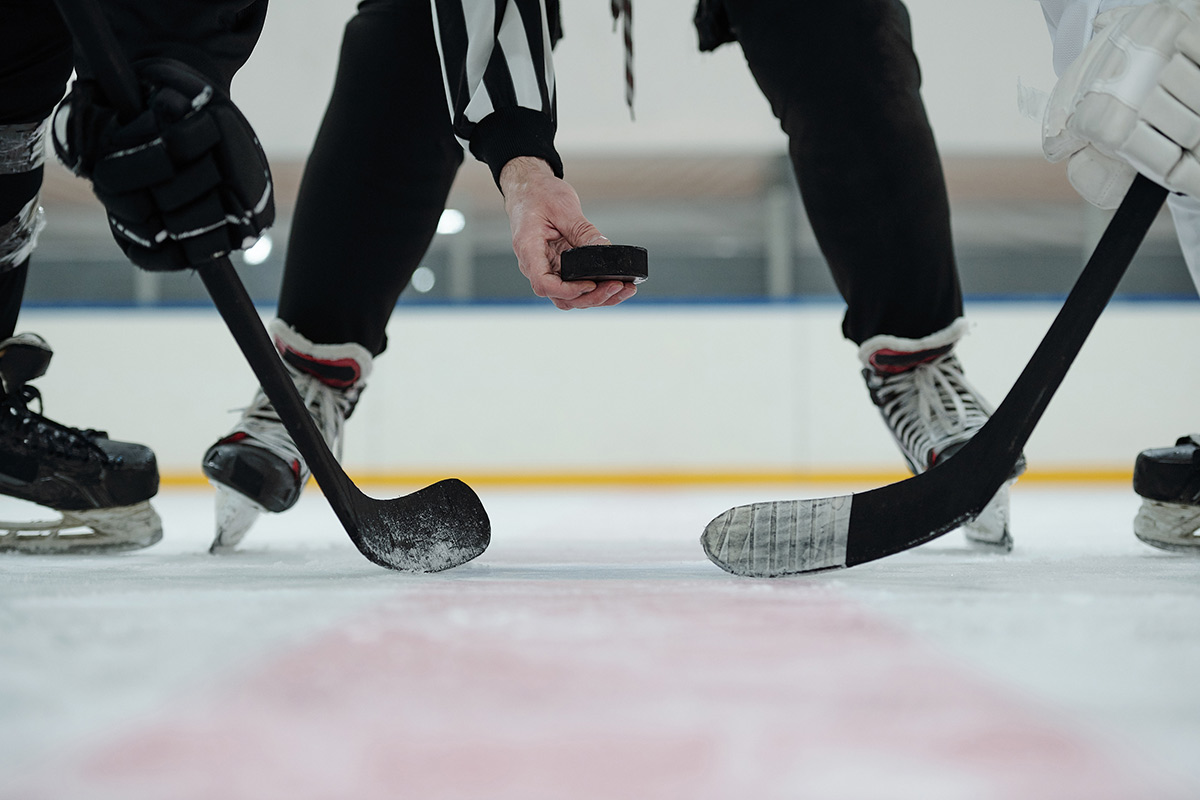
What is icing in hockey? This is a term used in ice hockey to refer to the penalty for crossing the goal line. In this article, we’ll answer those questions, plus discuss hybrid icing and penalties for icing. This article is an excellent starting point if you’re new to the game or just wondering what icing is all about. Here’s a quick overview of this controversial term in ice hockey.
Can a goalie wave off icing?
The goalie has the option of waving off icing in hockey if a player shoots the puck before crossing the center red line. Often, players will intentionally dump the puck into the opposing zone, hoping to ice it and stop the clock. However, there are times when icing isn’t an option. For example, a player could shoot the puck while behind the opponent’s blue line, and then ice the puck and try to score.
There are two scenarios where icing may be waved off: when a team is shorthanded or on penalty kill, and when an opposing player is attempting to recover the puck. In the fourteen and under age group, the rules do not apply. Goalies raise their hands when the puck leaves the ice or crosses the goal line outside the goal. The purpose of waving off icing is to alert teammates on the ice, and officials, that the puck was not played.
Does a player have to touch the puck before it crosses the goal line to be called icing?
The icing rule is not an automatic one, so the team that shoots the puck will have to make sure that the offensive player touches the puck before it crosses the goal line. Icing, however, can be extremely costly, as it can result in a face-off in the offending team’s zone. Despite its serious consequences, the icing rule was created to ensure that teams would stop shooting the puck down the center line.
To be called icing, a player must shoot the puck across the center red line of the ice, which is the opposing team’s goal line. In addition, the player must be behind the center line of the iced team. This is known as gaining the line. In both cases, the offensive player must touch the puck before it crosses the goal line.
Hybrid icing
The hybrid icing rule in hockey is one way of reducing the risk of injury to players. This new rule prevents icing from occurring during the race to the faceoff dots. Because players are skating at high speeds, they often head into the boards when they approach a puck. This rule prevents this by shortening the race. Players will skate to the faceoff dots sooner than they would otherwise.
The advantage of hybrid icing is that it allows officials to call play dead and icing early. This gives the defenseman time to get to the puck without touching it. This often results in the defending player leading the race. This rule can be confusing at times, as ice officials have been known to call icing differently on different occasions. Hybrid icing is a good solution to prevent such injuries.
Penalties for icing
The penalty for icing is a face-off in the defensive zone for the offending team. This is designed to penalize the offending team for not protecting the puck during a stressful situation. The offending team must keep the same players on the ice for the subsequent face-off. However, the offensive team can bring out fresh players in case of a penalty. Penalties for icing in hockey are very rare, but should be considered when the offensive team is shorthanded.
The penalty for icing in hockey is a very harsh one, but it’s important to understand the rules. It happens when a defensive player shoots a puck and it goes over the center red line or the other team’s goal line. If the opposing team’s player is first to reach the puck, he or she has committed an icing. In the event that this occurs, play is stopped for the icing.

Top Skating News
-
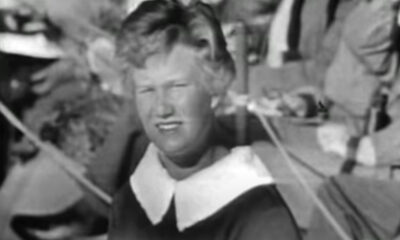

Figure Skating
/ 1 year agoRemembering Sjoukje Dijkstra: The Dutch Skating Legend Who Charmed the World
The world of figure skating has lost one of its brightest stars,
-
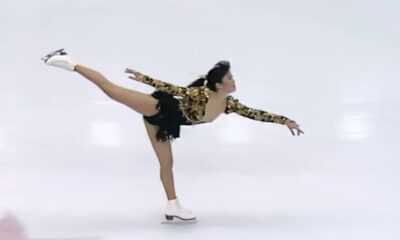

Figure Skating
/ 1 year agoThe Enduring Legacy of Kristi Yamaguchi
An Olympic gold medalist, a World Champion, and a beloved public figure.
-


Roller Skating
/ 1 year agoSkating Community Building: Tips for Organizing Local Events
Roller skating isn’t just a hobby; it’s a community. Whether you’re gliding around the...
-


Figure Skating
/ 2 years agoNational Skating Month Celebrating the Skating Community
National Skating Month: A Time for Skaters to Shine
-


-


Inline Skating
/ 2 years agoTips and Techniques for Inline Skating in Extreme Conditions
Tips for Inline Skating in Challenging Weather
